Difference between revisions of "Basic Intake Documentation"
| Line 3: | Line 3: | ||
==What you can learn here== | ==What you can learn here== | ||
* Hardware identification | * Hardware identification | ||
| − | * Mouse, speaker, and keyboard testing | + | * Mouse, speaker, and keyboard testing |
==First, meet the donor== | ==First, meet the donor== | ||
# Ask if they're here to make a donation. (Direct them to the store or front desk if they are not.) | # Ask if they're here to make a donation. (Direct them to the store or front desk if they are not.) | ||
# Remind them that we have a $10 fee for monitors. | # Remind them that we have a $10 fee for monitors. | ||
| − | # | + | # Help them unload. |
| − | # As they unload, fill out a | + | # As they unload, fill out a tally sheet, indicating quantity of each type of gizmo they are donating. This tally sheet will be used for their tax receipt and to record data into our database. |
| − | # Give them the | + | # Give them the tally sheet and direct them to the Front Desk. |
# Thank them for the donation. | # Thank them for the donation. | ||
| − | |||
| − | |||
| − | |||
=== Items we do not accept === | === Items we do not accept === | ||
| Line 44: | Line 41: | ||
|[[Image:AAbattery.jpg]] | |[[Image:AAbattery.jpg]] | ||
|} | |} | ||
| + | |||
=== Items that we do accept === | === Items that we do accept === | ||
| Line 50: | Line 48: | ||
* Anything that is not documented goes into the Offbeat Receiving room. | * Anything that is not documented goes into the Offbeat Receiving room. | ||
* If there are a lot of donation coming in, concentrate on the biggest items (like monitors, printers, and scanners) first. | * If there are a lot of donation coming in, concentrate on the biggest items (like monitors, printers, and scanners) first. | ||
| − | |||
{| border="1" | {| border="1" | ||
| Line 148: | Line 145: | ||
|[[Image:VCR.jpg]] | |[[Image:VCR.jpg]] | ||
|A/V Box | |A/V Box | ||
| + | |- | ||
| + | |[[Receiving VCRs|Apple Equipment]] | ||
| + | |[[Image:apple.jpg]] | ||
| + | |Macintosh Shelf | ||
|- | |- | ||
|} | |} | ||
=== Anything else === | === Anything else === | ||
| − | There are thousands of devices that can be incorporated into a computer that are not listed here. We take all of them. Additionally, there are many types of non-computer equipment that we do take. All of these should be dealt with by support staff if you don't know what they do; ask | + | There are thousands of devices that can be incorporated into a computer that are not listed here. We take all of them. Additionally, there are many types of non-computer equipment that we do take. All of these should be dealt with by support staff if you don't know what they do; ask the staff member working Receiving. |
| − | |||
| − | |||
| − | |||
| − | |||
| − | |||
| − | |||
==Put the gizmos where they belong== | ==Put the gizmos where they belong== | ||
| Line 168: | Line 163: | ||
==What to do when times are slow== | ==What to do when times are slow== | ||
* Study the documentation on the wall if it's unfamiliar to you. Keep in mind that it does change over time, so review it from time to time. | * Study the documentation on the wall if it's unfamiliar to you. Keep in mind that it does change over time, so review it from time to time. | ||
| − | |||
* Check with the Reuse Coordinator on duty for odd jobs that need doing. | * Check with the Reuse Coordinator on duty for odd jobs that need doing. | ||
* Clean up. Often there are abandoned cardboard boxes to break down and put away, sweeping up to be done, etc. | * Clean up. Often there are abandoned cardboard boxes to break down and put away, sweeping up to be done, etc. | ||
Revision as of 12:47, 19 September 2007
When a customer wants to donate a computer or related item to Free Geek, they do so in the Basic Intake (a.k.a. Receiving) area. This area is run by volunteers and overseen by members of the Free Geek staff (the Reuse Coordinators). There is a Receiving calendar now available for pre-notification of Receiving staff and volunteers.
What you can learn here
- Hardware identification
- Mouse, speaker, and keyboard testing
First, meet the donor
- Ask if they're here to make a donation. (Direct them to the store or front desk if they are not.)
- Remind them that we have a $10 fee for monitors.
- Help them unload.
- As they unload, fill out a tally sheet, indicating quantity of each type of gizmo they are donating. This tally sheet will be used for their tax receipt and to record data into our database.
- Give them the tally sheet and direct them to the Front Desk.
- Thank them for the donation.
Items we do not accept
There are certain items that people might try to donate that we do not accept. You can suggest that people contact Metro Recycling Information Center at (503) 234-3000 between 8:30 a.m. and 5 p.m. Monday through Saturday for instructions on how to properly dispose of these items.
| Item | Picture |
|---|---|
| Photocopiers | 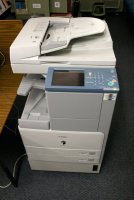
|
| Major Appliances | 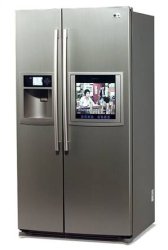
|
| Microwaves | 
|
| Smoke Detectors | 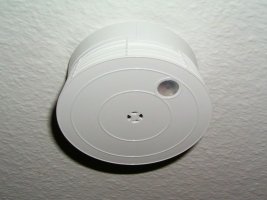
|
| Styrofoam | 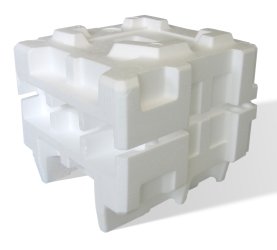
|
| Televisions | 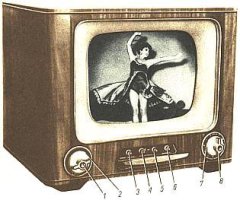
|
| Batteries (we do take laptop batteries and UPS) | 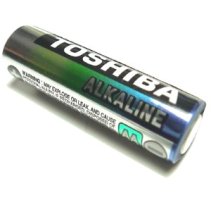
|
Items that we do accept
- Check the documentation to see where that type of gizmo belongs and take it there.
- Check the map if you're unsure where the places are.
- Anything that is not documented goes into the Offbeat Receiving room.
- If there are a lot of donation coming in, concentrate on the biggest items (like monitors, printers, and scanners) first.
| Item | Picture | Where It Goes |
|---|---|---|
| Systems | 
|
Evaluation 1 |
| Cards and Motherboards | 
|
Card and Motherboard Sorting |
| CD ROM Drives | 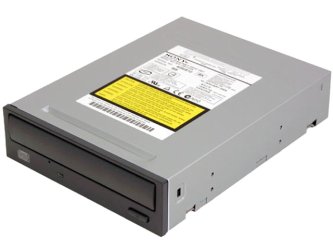
|
Recycle CD ROM Drives |
| CD ROM Drives | 
|
Advanced Testing Box |
| Floppy Drives | 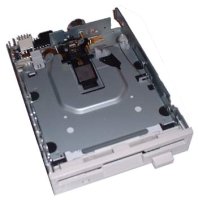
|
System Evaluation on Floppy Drive Incoming Shelf |
| Floppy Disks | 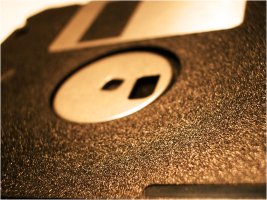
|
Data Disk Box |
| Hard Drives | 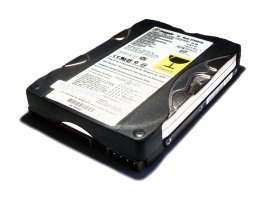
|
System Evaluation on Hard Drive Incoming Shelf |
| Keyboards | 
|
Testing |
| Joysticks | 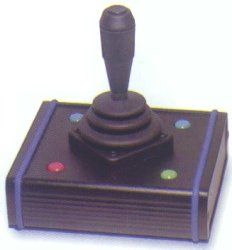
|
Store Box or Recycling |
| Laptops | 
|
Give to a staff member |
| Mice | 
|
Testing |
| Monitors | 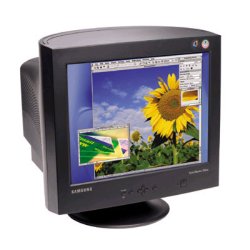
|
Monitor Incoming in Warehouse |
| Monitors | 
|
Give to a staff member |
| Printers | 
|
See Printer Triage |
| Scanners | 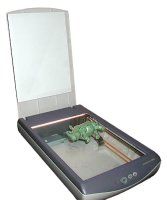
|
|
| UPSes | File:UPS.jpg | UPS Incoming in Recycling |
| Hubs, Switches & Routers | File:Router.jpg | Advanced Testing Box |
| Receiving Wall Warts | 
|
|
| Cell Phones | 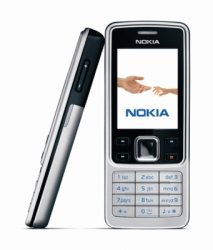
|
Cell Phone Box |
| Fax Machines | 
|
Printerland |
| Stereo Systems | 
|
A/V Box |
| Typewriters | File:Typewriter.jpg | Recycling |
| VCRs | 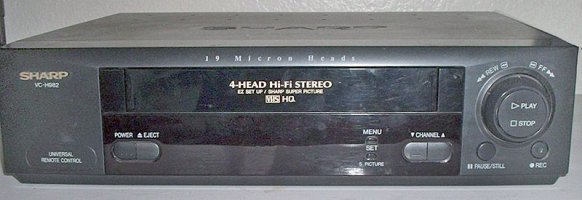
|
A/V Box |
| Apple Equipment | 
|
Macintosh Shelf |
Anything else
There are thousands of devices that can be incorporated into a computer that are not listed here. We take all of them. Additionally, there are many types of non-computer equipment that we do take. All of these should be dealt with by support staff if you don't know what they do; ask the staff member working Receiving.
Put the gizmos where they belong
- Check the documentation to see where that type of gizmo belongs and take it there.
- Check the map if you're unsure where the places are.
- Anything that is not documented goes into the Offbeat Receiving room.
- If there are a lot of donation coming in, concentrate on the biggest items (like monitors, printers, and scanners) first.
What to do when times are slow
- Study the documentation on the wall if it's unfamiliar to you. Keep in mind that it does change over time, so review it from time to time.
- Check with the Reuse Coordinator on duty for odd jobs that need doing.
- Clean up. Often there are abandoned cardboard boxes to break down and put away, sweeping up to be done, etc.